آشنایی با نشانگر سیگنال Pig
نشانگر سیگنال پیگ چیست؟
نشانگرهای سیگنال پیگ ابزارهای ضروری در مدیریت خط لوله هستند که به اپراتورها کمک می کنند تا عبور یک پیگ را از یک بخش خط لوله تشخیص دهند. آنها با سیگنال دادن به حضور یک خوک عمل می کنند ، که به تأیید مکان و حرکت آن در سیستم کمک می کند. این قابلیت برای عملیات تعمیر و نگهداری و بازرسی بسیار مهم است و اطمینان حاصل می کند که همه فرآیندها به خوبی و کارآمد اجرا می شوند.
سیستم های مکانیکی
نشانگرهای سیگنال پیگ مکانیکی از طریق تماس فیزیکی با پیگ هنگام عبور از یک نقطه خاص در خط لوله عمل می کنند. این سیستم ها معمولا شامل یک ماشه مکانیکی هستند که خوک آن را فعال می کند. این ماشه می تواند یک پرچم، یک چرخ یا بازویی باشد که از یک موقعیت به موقعیت دیگر حرکت می کند. چنین حرکتی اغلب از خارج قابل مشاهده است و امکان نظارت آسان بدون وقفه در عملیات خط لوله را فراهم می کند. سیستم های مکانیکی به دلیل سادگی و قابلیت اطمینان مورد علاقه هستند و بدون نیاز به منابع تغذیه یا الکترونیک پیچیده، یک نشانه مستقیم و مستقیم ارائه می دهند.
سیستم های الکترونیکی
در مقابل، نشانگرهای سیگنال الکترونیکی خوک از حسگرهایی برای تشخیص عبور خوک استفاده می کنند. این سنسورها می توانند شامل فناوری های مغناطیسی، اولتراسونیک یا RFID برای شناسایی زمان عبور خوک از بخش خاصی از خط لوله باشند. سیستم های الکترونیکی تجزیه و تحلیل دقیق تری نسبت به سیستم های مکانیکی ارائه می دهند، زیرا می توانند زمان عبور خوک را ثبت کرده و این داده ها را در سیستم های مدیریت خط لوله دیجیتال ادغام کنند. این ادغام امکان نظارت در زمان واقعی را فراهم می کند و توانایی پیش بینی و برنامه ریزی دقیق تر برنامه های تعمیر و نگهداری را افزایش می دهد.
مولفه های
| نام | نشانگر خوک |
| اتصال | اتصال فلنج |
| طول بدنه پلاگین | 200 میلیمتر |
| دمای کار | - 20 ~ 120 °C / دیدار با نیاز مشتری |
| NACE MR 01-75 | بله |
| حفاظت از ورود | دانلود: IP65/IP66 |
| کلاس ضد انفجار | ExdII. BT4 |
| حذف تحت فشار | خیر |
| نوع ماشه | دو جهته / Uni-directional |
| طول قابل تنظیم | 0 |
| مواد داخلی | 316SS / DSS / اینکونل |
| درج عمق | 21 میلیمتر (Bi) / 13 میلیمتر (Uni) |
| فلنج / مواد بدن | PTFE پوشش داده شده A105N / 304SSS / 316SS / DSS / INCONEL (همانطور که در MR) |
| نام | شاخص خوک غیر مزاحم |
| دمای عملیاتی | - 39.8 °C / 80 °C |
| رطوبت عملیاتی | 41٪ ~ 83٪ |
| نوع سنسور | القای مغناطیسی |
| نوع سوئیچ سیگنال | حزب سوسیال دموکرات |
| در حال گذر زمان | ±2s |
| تمیز کردن محدوده سرعت خوک | 0.2-10 متر بر متر بر S |
| ظرفیت سوئیچ | 2a |
| نوع بازنشانی | خودکار Rese |
| نوع کابل مشترک | M20 * 1.5، 1 / 2NPT F |
| ضد انفجار | Exd IICT6 گیگابایت |
| درجه IP | ای پی 65 |
انواع شاخص
| انواع شاخص | ||||
| انواع شاخص | A | B | C | D |
| نوع نفوذی | سرزده | سرزده | سرزده | غیر مزاحم |
| ویژگی های شاخص | نوع پوپر | پرچم تنظیم مجدد دستی | پرچم تنظیم مجدد دستی همراه با سیگنال های الکتریکی | نمایش تاریخ و زمان همراه با سیگنال های الکتریکی |
انواع نشانگرهای سیگنال پیگ
نشانگرهای سیگنال پیگ در دو نوع اصلی وجود دارند: غیر مزاحم و مزاحم.
غیر مزاحم
اندیکاتورهای غیر مزاحم تماس مستقیمی با جریان داخلی خط لوله برقرار نمی کنند. در عوض، آنها از حسگرهای خارجی برای تشخیص تغییرات فشار، میدان های مغناطیسی یا آکوستیک هنگام عبور خوک استفاده می کنند. این نوع به ویژه برای خطوط لوله حامل مواد حساس یا خورنده که در آن معرفی اجسام خارجی می تواند مشکل ساز باشد مفید است. شاخص های غیر نفوذی خطر آلودگی را به حداقل می رسانند و نصب و نگهداری آنها آسان تر است زیرا نیازی به نفوذ خط لوله ندارند.
سرزده
از سوی دیگر، شاخص های نفوذی شامل نوعی نفوذ به خط لوله برای شناسایی مستقیم پیگ است. این ممکن است شامل یک بازوی کوچک یا کاوشگر باشد که به داخل خط لوله کشیده می شود و به صورت فیزیکی توسط خوک حرکت می کند یا تحریک می شود. در حالی که این روش بسیار قابل اعتماد است، اما برای جلوگیری از نشتی نیاز به آب بندی دقیق دارد و ممکن است برای انواع خطوط لوله، به ویژه خطوط لوله تحت فشار بالا یا آنهایی که مواد خطرناک را حمل می کنند، مناسب نباشد.
مزایای استفاده از نشانگرهای سیگنال Pig
نشانگرهای سیگنال پیگ نقشی اساسی در افزایش ایمنی خط لوله دارند. این دستگاه ها بلافاصله هنگامی که یک خوک از یک نقطه خاص عبور می کند، به اپراتورها هشدار می دهند و اطمینان حاصل می کنند که حضور و حرکت خوک همیشه شناخته شده است. این ردیابی بلادرنگ از حوادث ناشی از انسداد غیرمنتظره جلوگیری می کند و یکپارچگی عملیات داخل لوله را تأیید می کند. در نتیجه، آنها به طور قابل توجهی خطر نشت یا پارگی پرهزینه را کاهش می دهند و هم از محیط زیست و هم از زیرساخت های خط لوله محافظت می کنند.
علاوه بر این، شاخص های سیگنال پیگ کارایی عملیات خط لوله را افزایش می دهند. این ابزارها با ارائه مکان دقیق پیگ ها، برنامه های تمیز کردن، بازرسی و نگهداری را بهینه می کنند. اپراتورها می توانند فعالیت های خود را بهتر برنامه ریزی کنند و از حداقل اختلال در جریان محتوا اطمینان حاصل کنند. این ادغام یکپارچه در عملکرد خط لوله به حفظ سرعت جریان ثابت کمک می کند، توان عملیاتی را به حداکثر می رساند و تضمین می کند که تمام بخش های خط لوله در دسترس و قابل نگهداری هستند.
علاوه بر این، نشانگرهای سیگنال پیگ به کاهش هزینه های نگهداری کمک می کنند. تشخیص زودهنگام مشکلات احتمالی امکان اقدامات اصلاحی سریع را فراهم می کند و اغلب از تعمیرات یا تعویض های گسترده جلوگیری می کند. این رویکرد پیشگیرانه زمان خرابی را به حداقل می رساند و طول عمر اجزای خط لوله را افزایش می دهد. با کاهش نیاز به تعمیر و نگهداری مکرر در مقیاس بزرگ، اپراتورها می توانند منابع را به طور موثرتری تخصیص دهند که منجر به صرفه جویی قابل توجهی در هزینه ها در طول زمان می شود.



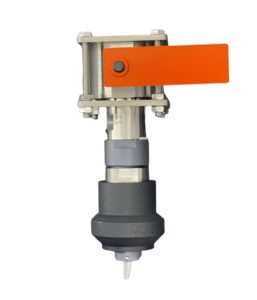
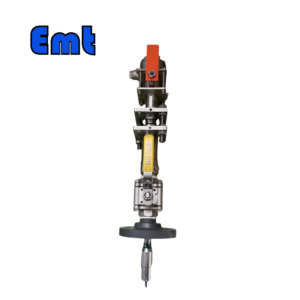
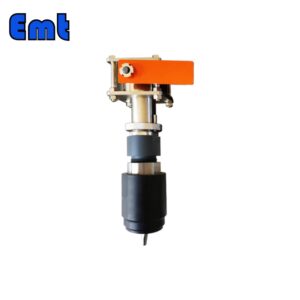
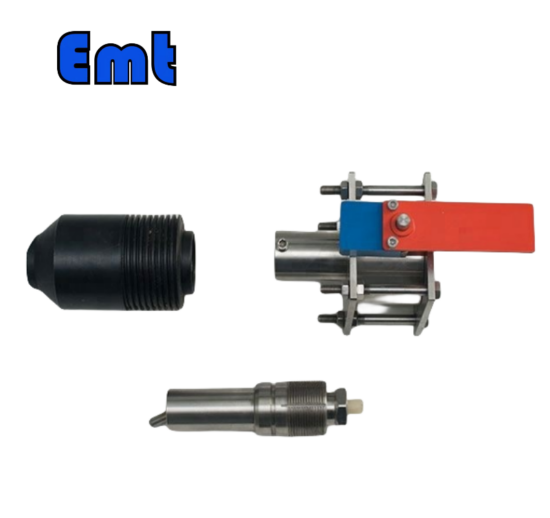
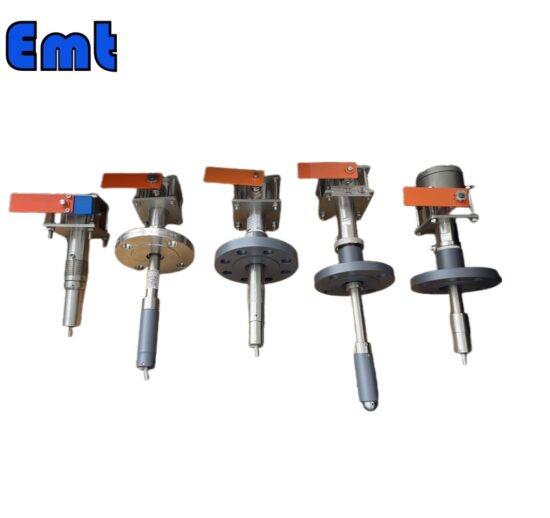
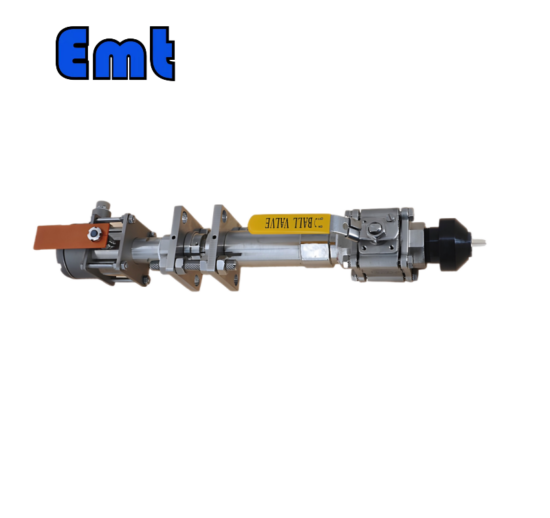
هنوز هیچ بررسی وجود ندارد.